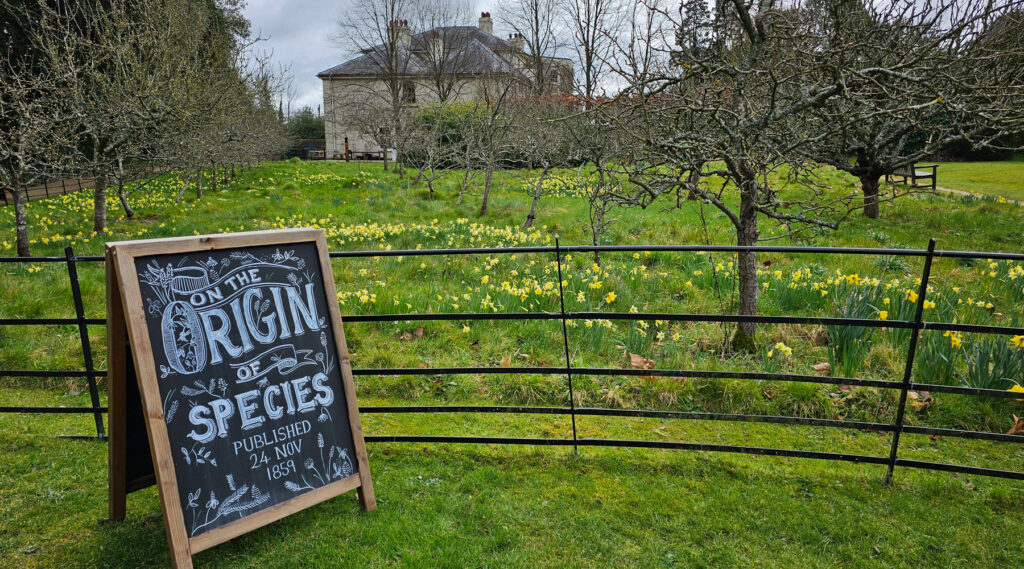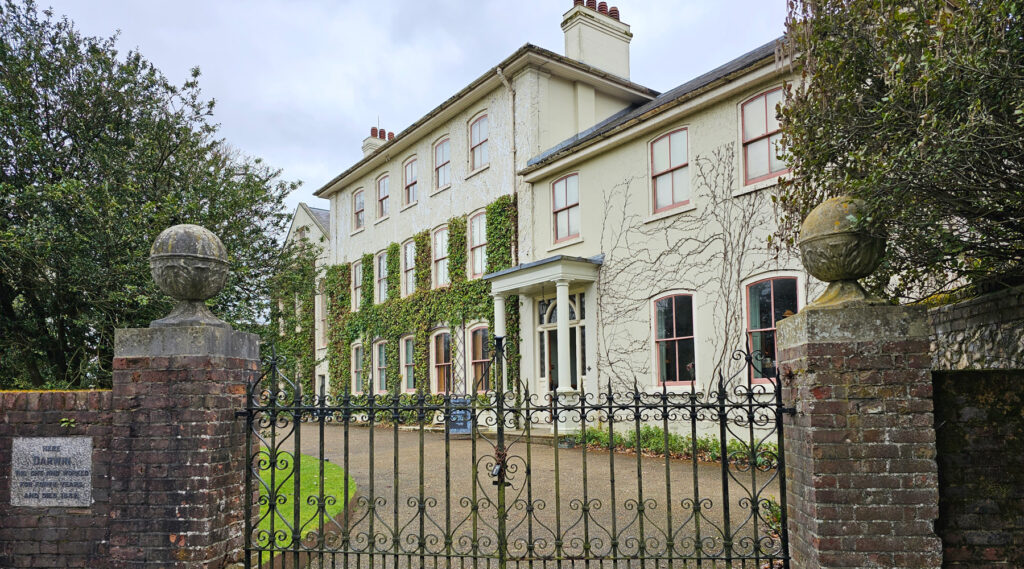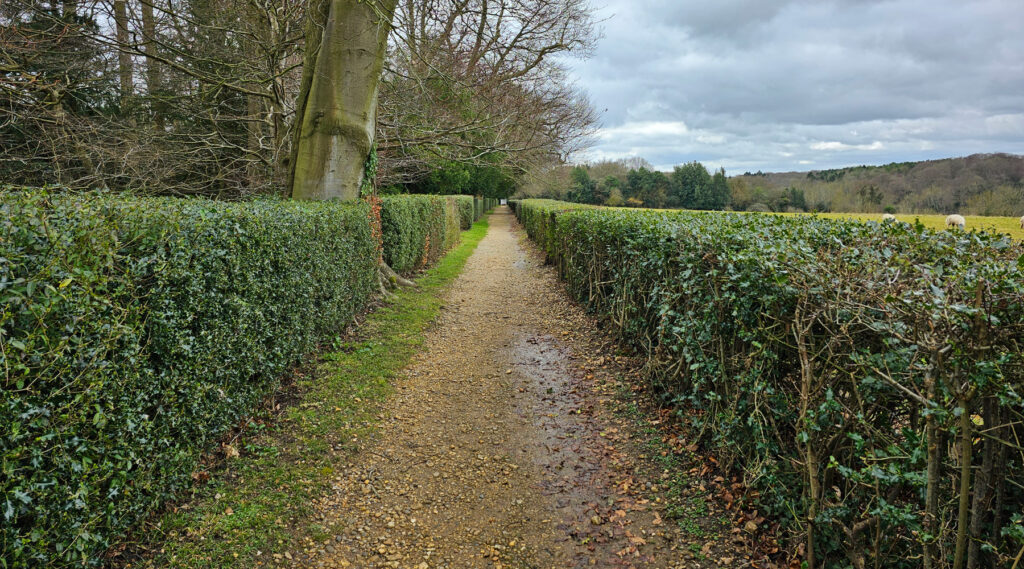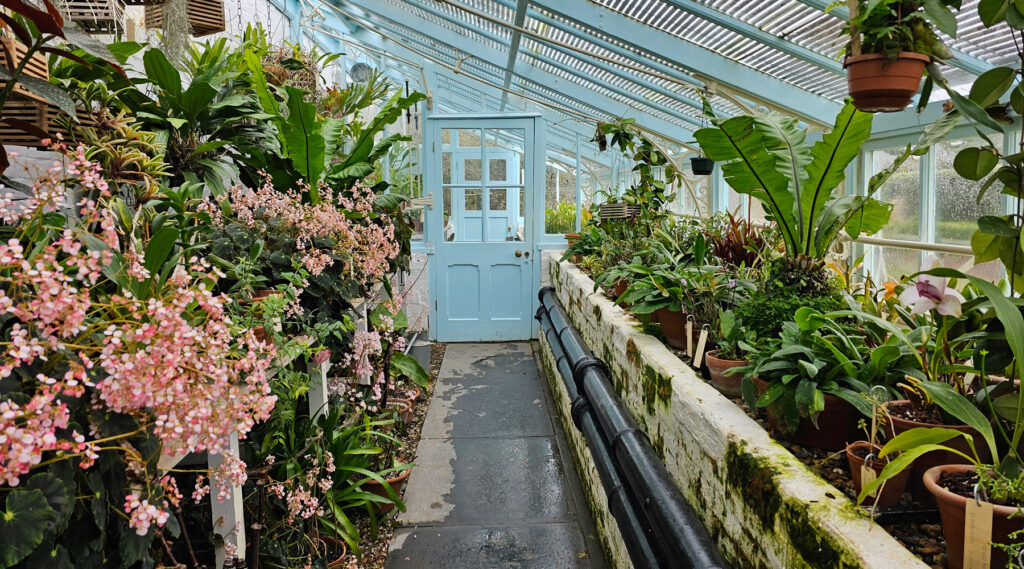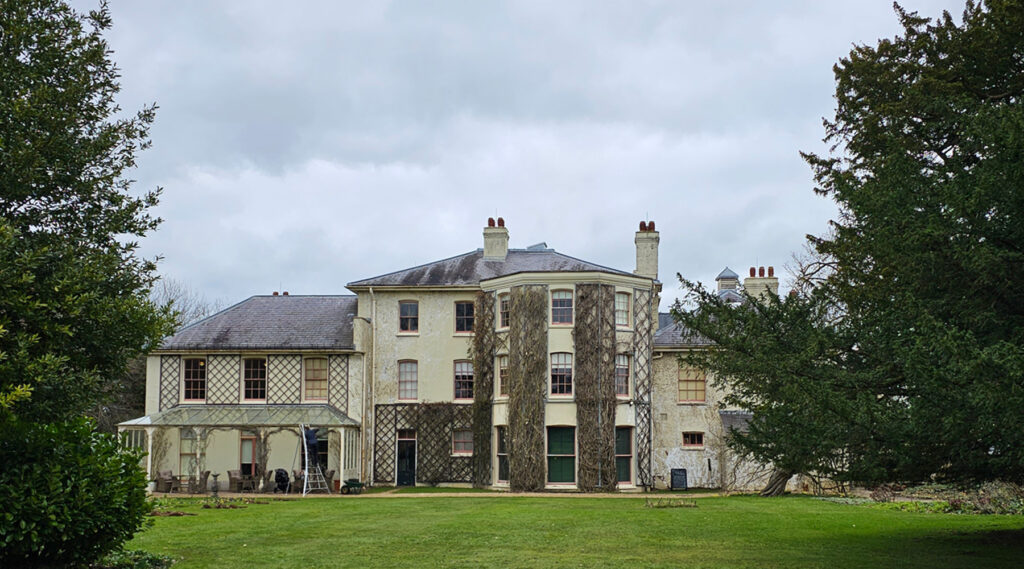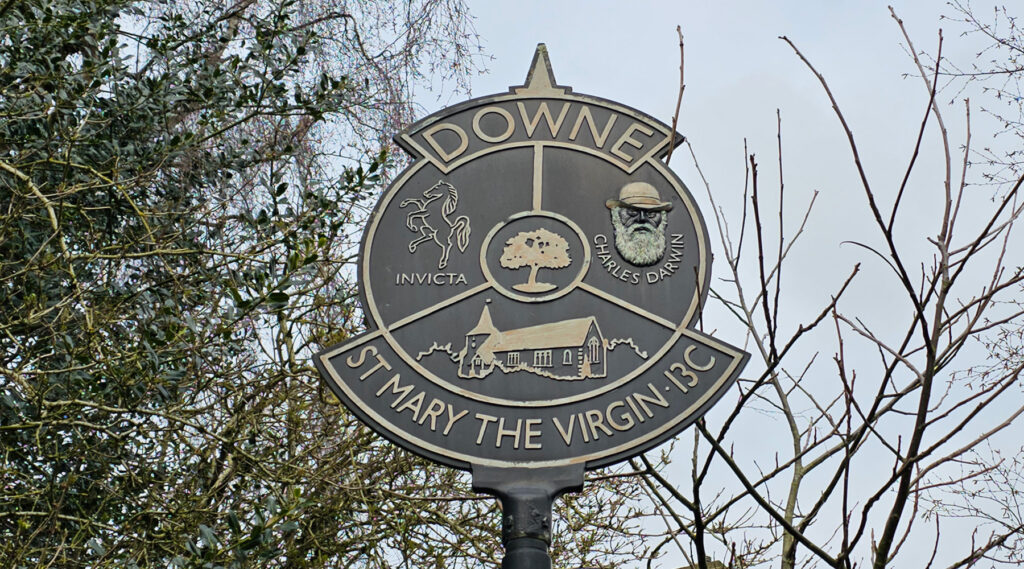In 1842, Charles Darwin and his family moved to a large house on what is today the edges of Greater London, and today it’s a museum to his legacy that’s open to the public. The house is a decent-sized manor house with a large garden and shows off both the life and work of the man and the family life he enjoyed here.
Charles Darwin was born in Shrewsbury in 1809, and by his own admission wasted the many good educational opportunities offered to him, which he neglected as he knew his father was rich enough to support the family.
He eventually secured a 2-year trip on HMS Beagle in 1831, which ended up being a five-year trip, although he didn’t know that at the time. He also nearly didn’t get the job as his nose was the wrong shape. The captain of the voyage believed in phrenology, the theory that a person’s personality manifested in their appearance. And Charles had the wrong sort of nose. He secured passage anyway, on what was to become a very famous voyage.
Returning to England in 1836, it was in 1842 that he moved the family to the countryside for the fresh air, buying a surprisingly large house for a person of his apparent financial means. Charles Darwin wasn’t famous yet, but his clever father had built up a decent income from investments and supported his son in buying the house.
It was here that Charles worked on, and eventually published On the Origin of Species, the theory that was to make him famous, although it was later books that were to make him rich.
Charles lived here until his death in 1882, and the rest of the Darwins moved out at the turn of the century. Down House was used as a school for a couple of decades until it was bought and restored as the Darwin Museum in the 1930s. It was taken over by the Natural History Museum in the 1980s, and by English Heritage in 1996, and it’s they who look after it now.
The name of the house is a bit of a mystery, as it’s Down House, but the local village is called Downe. The village also used to be called Down, but gained an E, as did Downe House. But at some point between 1909 and 1946, Downe House dropped the E and reverted back to Down House. Most odd.
Anyway, to visit, entry to the house is via the car park, and into the main house via the gift shop.
The house is in two halves, and you’re advised to start on the top floor which is mainly an exhibition space telling the story of the family and of Charles’s work on evolution. It’s a good exhibition, lots to read and plenty of amusing anecdotes about his work. The exhibition also shows how Charle’s theory didn’t occur to him in isolation, and that he was led to it by a host of other scientists,
There are exhibits here, such as his early notebooks, some of the objects he collected and in a side room for modern children visiting, a lot of dinosaurs.
One room up here is from when the family lived here, and that’s the main bedroom.
Downstairs is more conventional for a house museum, being laid out as it would have been lived in at the time. The dining room is filled with china, probably Wedgwood as his mother was the daughter of Josiah Wedgwood.
A billiard room is atmospheric, and do look at the newspaper on the table, a page from The Times reporting on the publication of a book by a certain Charles Darwin. It’s here that you can also see something that’s not difficult to find online, but not what you think of when you think of Charles Darwin — and that’s pictures of him as a young man. No beard.
He is often shown elderly and bearded thanks to the invention of photography, and rarely as a younger man as it wasn’t normal to paint portraits of ordinary folk. He certainly wasn’t famous enough when young to attract the attention of artists. In a way, the contrast of images with the familiar beardy Darwin and another famously beardy Charles, that of Charles Dickens is striking — as both have images of them as young men, but we so rarely think of them as young, even handsome, young men.
Old and beardy are what we expect.
(There’s also a collection of Dickens novels in the living room, so they shared more than just beards)
As a famous naturist, he carried out a lot of experiments, in the house and in the gardens, which you’re free to walk around. There’s nothing left of the douche room in the garden where he went every morning to, ahem, well, I bet you didn’t know about that.
There is more wholesomely, a restored and heated greenhouse, although one that has several signs warning people not to steal the plants.
What you probably want to do though is head past the greenhouse, along the narrow path that seems to lead to nowhere interesting to the very end of the garden. This is the sandwalk — a long loop of a route that passes alongside the neighbouring farm and loops back through the woods. This is where Charles came to think – walking around the loop several times before returning back to his desk.
You’re invited to walk along the sandwalk and contemplate the great man doing the same, although it’s likely that his thoughts were more taxing than ours when walking in his footsteps.
Down House is, to be fair, a bit of a pain to get to, but worth it, as there’s a decent amount to see in the house, and then the famous sandwalk is somehow special in a way that any other random countryside footpath wouldn’t be.
One irksome thing is that photography isn’t allowed inside the house because most of the objects belong to the Darwin family and they don’t want photos taken. To a degree I understand, but considering that they are in effect, getting free storage and insurance and having their possessions cared for by experts, I’d think allowing rooms to be photographed would be an acceptable “price” to pay in return.
You can take photos in the garden.
I’d also recommend arriving early. When I turned up just after 10am the house was fairly quiet, but when I was leaving a couple of hours later, the car park was nearly full and there was a coach party of visitors heading inside.
Getting to Down House
If you drive, it’s easy, but for public transport, it’s a bit of a pain.
The recommended trips would be to catch a train to Bromley South railway station and then catch 146 bus to Downe Church. Alternatively, Mon-Sat only, you can catch the R8 bus from outside Orpington railway station.
Both bus routes run roughly once an hour – so I would use the TfL Journey Planner to work out the best route.
And do check the return bus times so you don’t miss the trip home. If you do miss the bus, then the village is pretty and has a pub. If you’re in the village, have a look at the church as there’s a plaque on the clock tower for Charles Darwin. He wanted to be buried there but was elevated to Westminster Abbey instead.
You need to pay to visit Down House, unless you’re an English Heritage member, in which case entry is free.

